Like many other photography enthusiasts, I collect photographs. Unlike many photography enthusiasts, I collect snapshots taken by anonymous people and have been for about a decade. What is a vernacular photograph? Is art and if it isn’t why have they been popping up in museums and galleries over the past ten years or so? What’s the value or why collect discarded photographs?
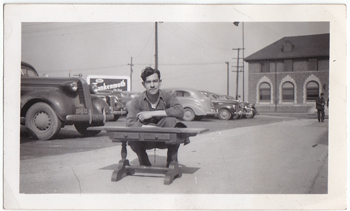
Firstly, a vernacular photograph is one taken by a non-professional often in the midst of a mundane or normal activity. I guess it doesn’t necessarily have to be considered mundane or normal, but that’s a somewhat fair way of stating it. They are the pictures that are taken without the intention of them ever being present outside of a family based or familiar context. They are mementos, a means to illicit a memory, and they are often mistakes. Unfortunately for the person who framed their initial intent, but fortunately for those of us capable of appreciating their uniqueness, they have been lost, sold, or abandoned by the people who were entrusted to save and protect them.
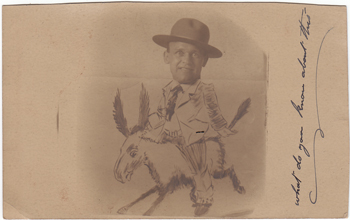
Vernacular photographs are not art and I believe that it’s irresponsible as art viewers to label them as such. As I said in the previous paragraph these images were never meant to be on public display. Despite art-like qualities that some may exhibit, they are not usually artistic in nature. If they were they would not be located in the contexts and situations in which I find them, i.e. garage sales, antique stores, pawn shops, etc. They were meant to be private, bound in album or stored in a shoebox for familiar eyes only. They have no merit as art, but given the innate originality that novice imbues in them they are worthy of the gallery or public viewing. They remind us of our families, spur private memories and emotions, and have the power to make us melancholic, jovial, or contemplative, but not usually in an intellectual sense.
They are cultural anomalies and serve as a window to our identifiers. They are small snippets of an era that I never knew, as most of vernacular photos date from 1890-1950. They have come to embody the various eras of that time period for me. More than that, however, they show me how little we have changed and that people, despite political changes, economic changes, social changes, etc., will largely remain the same and behave in similar ways.
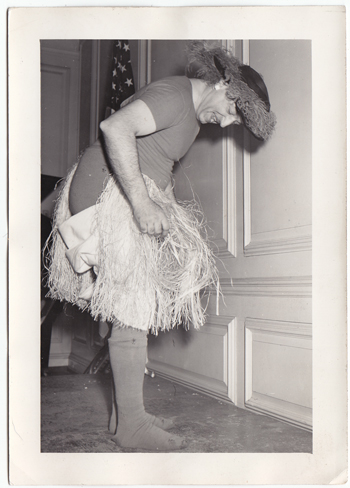
Despite the obvious value (I pay money for them), collecting vernacular photographs is fulfilling in a sense. They don’t make my life complete, but they do fill an innately human to desire to collect by illiciting emotional responses. Most of my vernacular photographs make me smile. They are also a cheap way to decorate, as I rarely pay more than $5 for a photograph. They’re great conversation starters and just about anyone can relate to some of them in one way or another.
Today I’d like to share with you some of the photos in my vernacular photography collection. 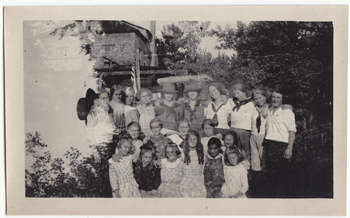
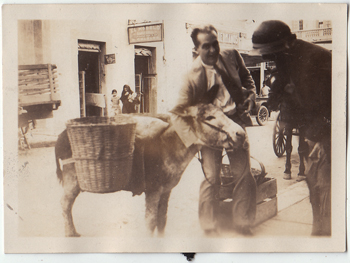
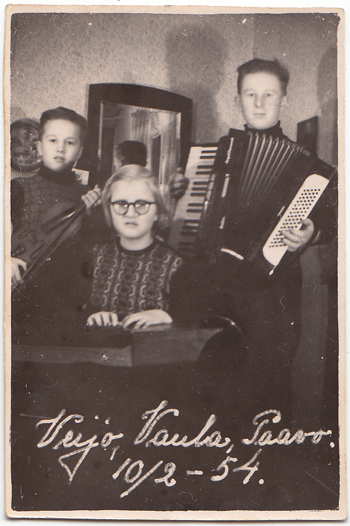
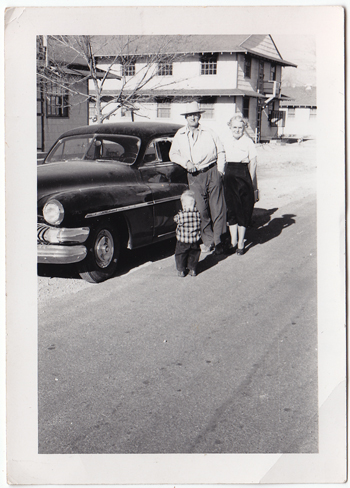
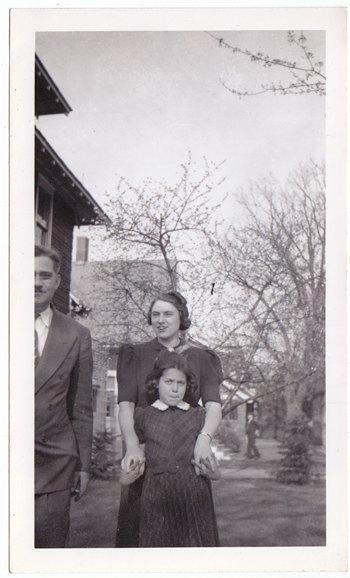
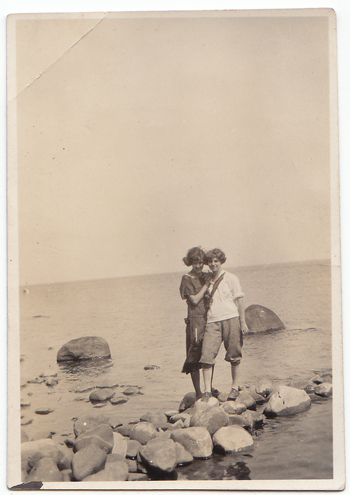
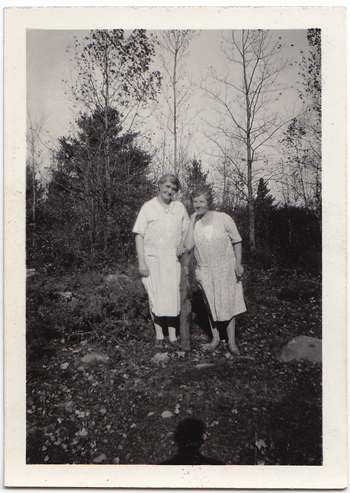
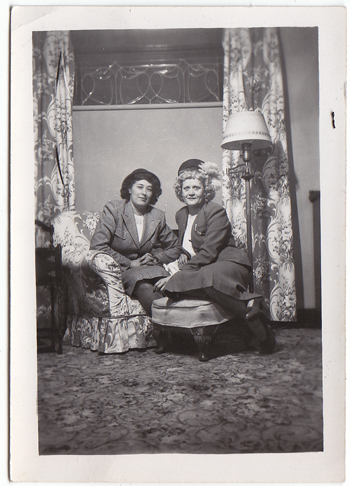
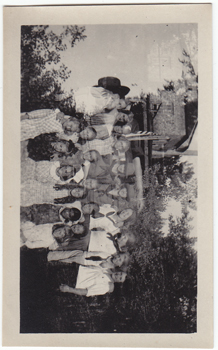
![[del.icio.us]](http://thephotoplayground.com/wp-content/plugins/bookmarkify/delicious.png)
![[Digg]](http://thephotoplayground.com/wp-content/plugins/bookmarkify/digg.png)
![[Facebook]](http://thephotoplayground.com/wp-content/plugins/bookmarkify/facebook.png)
![[Furl]](http://thephotoplayground.com/wp-content/plugins/bookmarkify/furl.png)
![[Google]](http://thephotoplayground.com/wp-content/plugins/bookmarkify/google.png)
![[LinkedIn]](http://thephotoplayground.com/wp-content/plugins/bookmarkify/linkedin.png)
![[Reddit]](http://thephotoplayground.com/wp-content/plugins/bookmarkify/reddit.png)
![[StumbleUpon]](http://thephotoplayground.com/wp-content/plugins/bookmarkify/stumbleupon.png)
![[Technorati]](http://thephotoplayground.com/wp-content/plugins/bookmarkify/technorati.png)
![[Twitter]](http://thephotoplayground.com/wp-content/plugins/bookmarkify/twitter.png)
![[Email]](http://thephotoplayground.com/wp-content/plugins/bookmarkify/email.png)




















